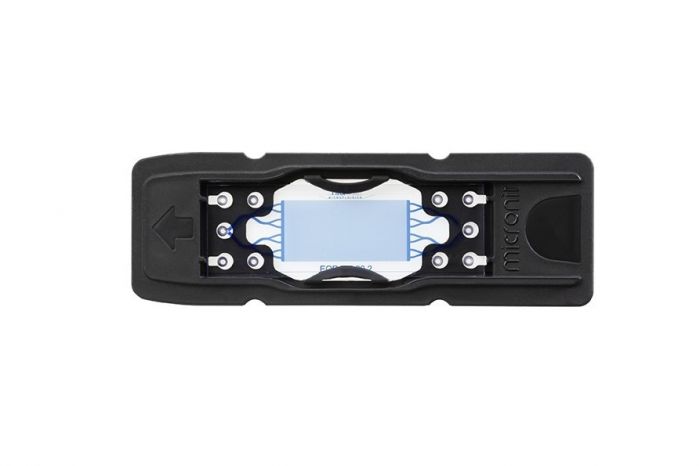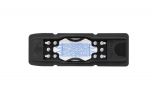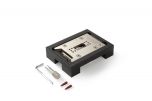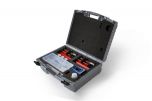Enhanced oil recovery (EOR) chip - uncoated - topconnect - uniform network
SKU
11002978
Availability:
In stock
€660.00
per pack of 3
Pack of 3 uncoated Enhanced oil recovery (EOR) chips with a uniform rock network structure.
The uniform network structure has the following properties:
| Dimensions throat | |
| Channel width | 50µm |
| Channel depth | 20µm |
| Dimensions pore | |
| Pore diameter | 90µm |
| Pore depth | 20µm |
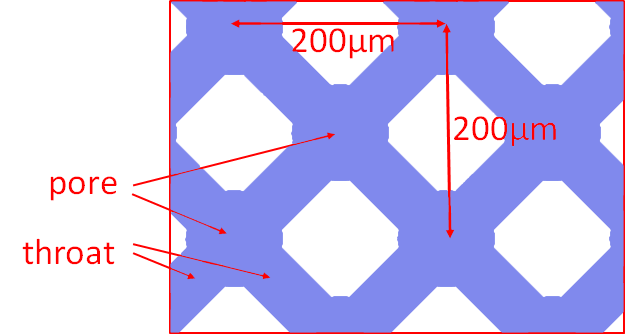
| Unit of measurement | pack of 3 |
|---|---|
| Alternative item references | 02978, EOR.UN.20.2 |
| Interface type | Topconnect |
| Chip material | Borosilicate glass |
| EOR network type | Uniform network |
| Coating | No coating (hydrophilic) |
| Permeability (Darcy) | 8.43-10.14 |
| Icon | Label | Description | Type | Size | Download |
|---|---|---|---|---|---|
 | EOR information | Additional information on the Uniform, Random and Physical rock network structures. | 257.8 KB | Download | |
 | 11002978 / 11002198 / EOR.UN.20.2 - Drawing | Drawing for the EOR porous medium chip with Uniform Pore Network. Items 11002978 and 11002198 | 378.2 KB | Download | |
 | Permeability determination of catalogue chips | This documents describes how permeability values of EOR chips with a Uniform Network, Random Network and Physical Rock network are determent. | 983.2 KB | Download |
Customer Questions
We found other products you might like!

